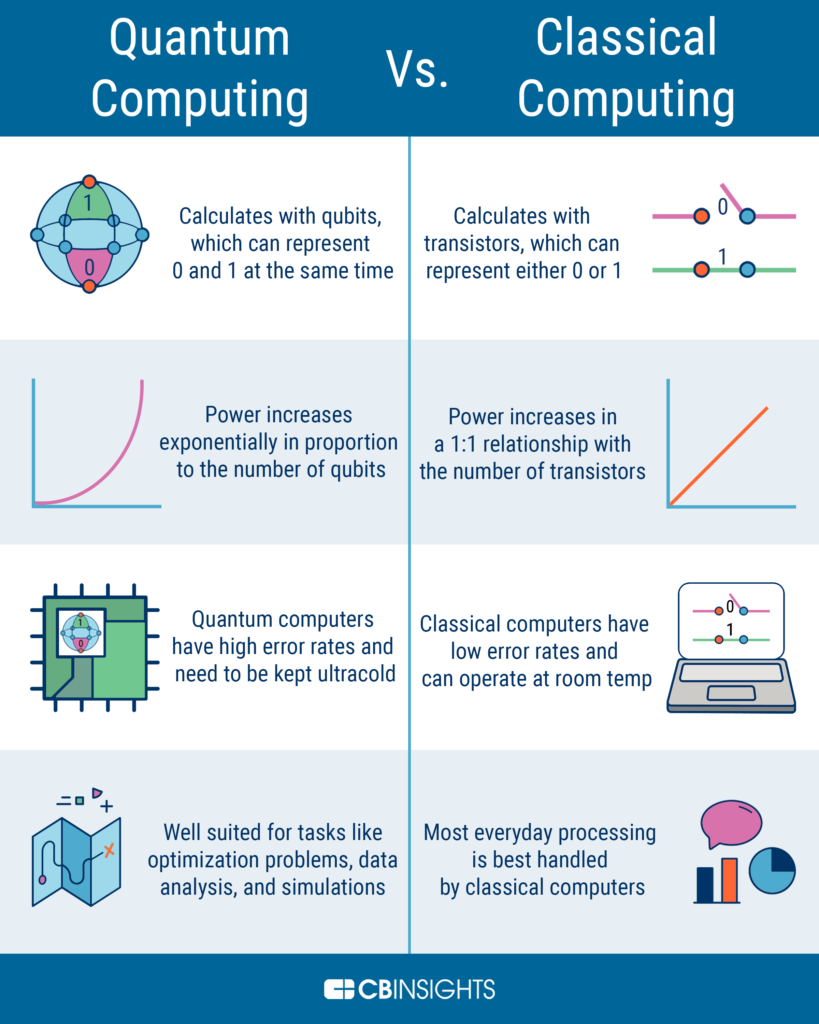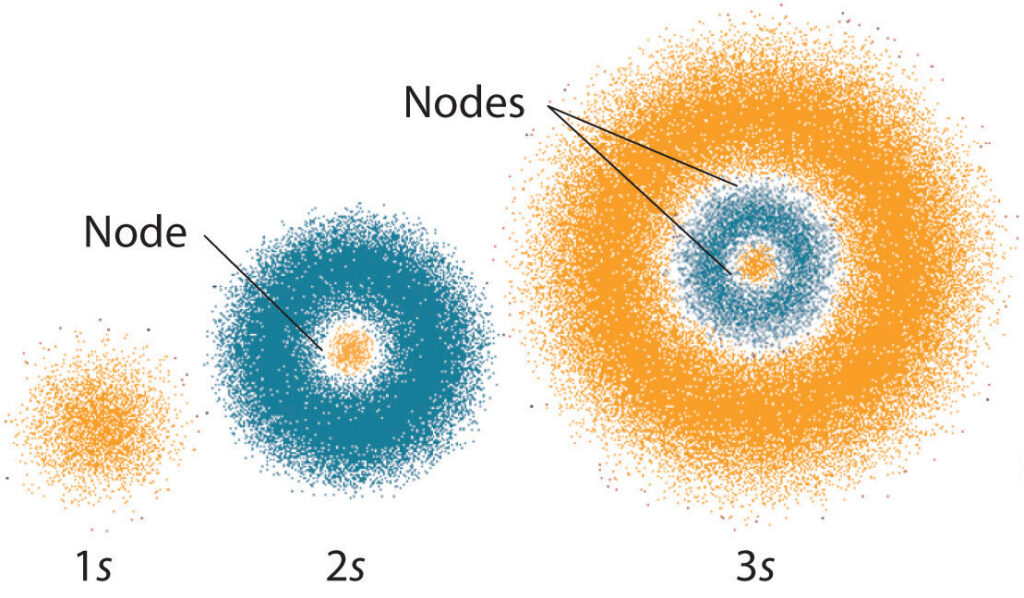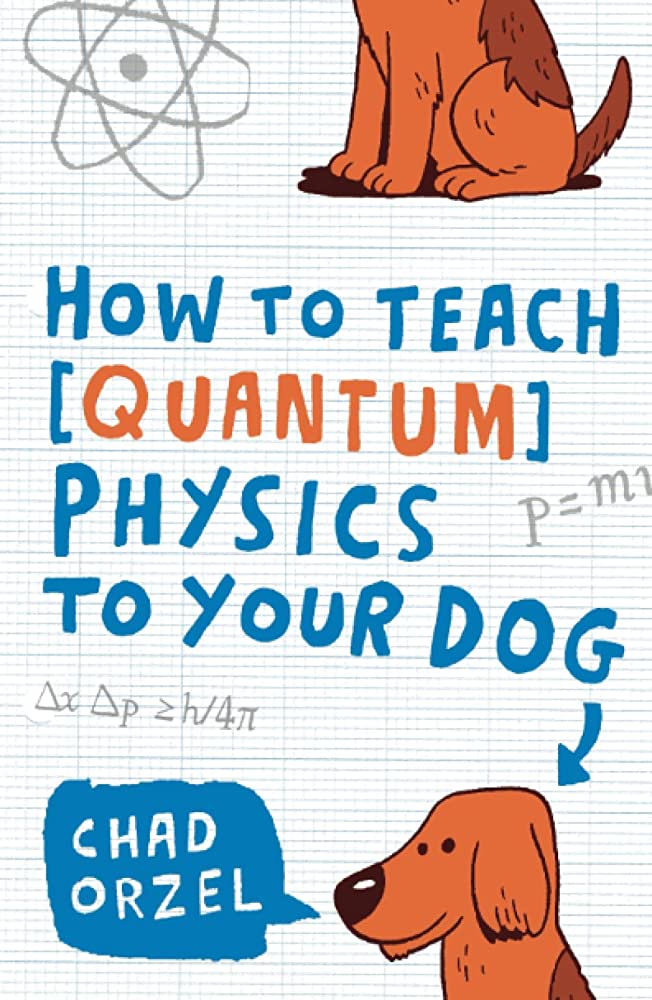Quantum entanglement is a phenomenon that has fascinated scientists and physicists for decades. It refers to the mysterious connection between two particles that have interacted in the past, which can result in them becoming entangled. This means that any change made to one particle will instantly affect the other, no matter how far apart they are in space. The implications of this phenomenon are immense, and scientists have been exploring the idea of using quantum entanglement for faster-than-light communication.
The idea of faster-than-light communication has captivated people’s imaginations for centuries. It would mean that information could be transmitted instantaneously across vast distances, breaking the barriers of time and space. While this may sound like science fiction, quantum entanglement offers a glimmer of hope that it may be possible. However, the concept is not without its challenges and limitations, and scientists are still exploring the possibilities and limitations of using quantum entanglement for faster-than-light communication. In this article, we will delve deeper into the world of quantum entanglement and explore the potential of this intriguing phenomenon for revolutionizing communication as we know it.

Can Quantum Entanglement Be Used for Faster Than Light Communication?
Quantum entanglement is a phenomenon that occurs when two particles, such as photons, become so closely intertwined that they have an effect on each other no matter how far apart they are. This has been a subject of much discussion and debate in the scientific community, and recently, there have been questions about whether quantum entanglement can be used for faster-than-light (FTL) communication.
What Is Quantum Entanglement?
Quantum entanglement is a phenomenon in which two particles become so closely intertwined that they interact with each other regardless of their distance. This can be compared to two people connected by a rope, where when one person moves, the other person is pulled along as well. This phenomenon was first proposed by Albert Einstein in 1935 and has since been studied extensively by scientists.
In quantum entanglement, two particles become so closely connected that even when they are separated, they still affect each other. This means that when one particle is measured or manipulated, the other particle will also be affected. This phenomenon has been studied extensively and has been used to demonstrate various principles of quantum mechanics.
Can Quantum Entanglement Be Used for FTL Communication?
The idea of using quantum entanglement for FTL communication has been discussed in the scientific community for some time. In theory, it is possible to use entangled particles to send information instantaneously between two points, regardless of the distance. This could potentially allow for communication that is faster than the speed of light, which is the usual limit for information transmission.
However, this is not yet possible in practice. While it is theoretically possible to use entangled particles to send information faster than the speed of light, the amount of energy required to do so would be immense. This means that, even if such a system could be created, it would likely be impractical and expensive to use.
Additionally, there are still some unanswered questions about quantum entanglement and its potential applications. For example, some scientists have suggested that entangled particles could be used to “teleport” information, allowing for faster-than-light communication. However, this idea has yet to be proven, and it is still uncertain if it is possible.
Ultimately, while the potential of quantum entanglement for FTL communication is intriguing, it is still unclear if this technology can be used in practice. Until more research is done, it is likely that it will remain a theoretical possibility at best.
Frequently Asked Questions
Quantum entanglement is a physical phenomenon that occurs when two particles become linked together and behave as one, even when separated by large distances. This phenomenon has raised questions about whether it can be used to achieve faster-than-light communication.
Can quantum entanglement be used for faster-than-light communication?
In theory, quantum entanglement could be used to transmit information faster than the speed of light. This is because the two entangled particles can communicate instantaneously, regardless of the distance between them. However, this has not yet been demonstrated in practice. Scientists are currently working on ways to use quantum entanglement to transmit information faster than the speed of light, but this technology is still in its early stages of development.
In addition, it is important to note that the information being transmitted through quantum entanglement is limited. It is not possible to send large amounts of data in this way, as the amount of information that can be sent is limited to the quantum state of the two particles. As such, quantum entanglement may not be suitable for all types of communication.
What is the current state of research on using quantum entanglement for faster-than-light communication?
Currently, research into using quantum entanglement for faster-than-light communication is in its early stages. Scientists are working on ways to use quantum entanglement to transmit information faster than the speed of light, but this technology is still in its infancy.
A number of experiments have been conducted in order to test the feasibility of using quantum entanglement for faster-than-light communication. However, these experiments have not been able to demonstrate that quantum entanglement can be used for this purpose. As such, further research is needed before this technology can be used in practice.
What are the limitations of using quantum entanglement for faster-than-light communication?
The main limitation of using quantum entanglement for faster-than-light communication is the amount of data that can be transmitted. As mentioned previously, the amount of information that can be sent is limited to the quantum state of the two particles. This means that it is not possible to send large amounts of data in this way.
In addition, it is important to note that the information being transmitted through quantum entanglement is not secure, as it can be intercepted by a third party. As such, it is not suitable for all types of communication.
Who is conducting research into using quantum entanglement for faster-than-light communication?
A number of research institutions and universities around the world are currently conducting research into using quantum entanglement for faster-than-light communication. These include the University of Geneva, the Max Planck Institute for the Physics of Complex Systems, and the Institute of Physics at the University of Tokyo.
In addition, a number of private companies are also conducting research into this technology. These include companies such as IBM, Microsoft, Google, and Intel.
What experiments have been conducted to test the feasibility of using quantum entanglement for faster-than-light communication?
A number of experiments have been conducted in order to test the feasibility of using quantum entanglement for faster-than-light communication. These experiments have involved the transmission of information between two entangled particles in different locations.
However, these experiments have not been able to demonstrate that quantum entanglement can be used for this purpose. As such, further research is needed before this technology can be used in practice.

Does Quantum Entanglement Allow for Faster-Than-Light Communication?
Quantum entanglement is a fascinating phenomenon that has captured the imagination of scientists and non-scientists alike. The idea that two particles can be connected in a way that defies our classical understanding of physics is both intriguing and perplexing. While quantum entanglement has been demonstrated experimentally, the question remains whether it can be used for faster than light communication.
While there are no clear answers to this question, the potential applications of quantum entanglement extend far beyond communication. The study of entangled particles has led to a deeper understanding of quantum mechanics and the nature of reality itself. Scientists are exploring the use of entangled particles in fields such as cryptography, quantum computing, and quantum teleportation. As our understanding of this phenomenon grows, so too will our ability to harness its power for the benefit of humanity. While the possibility of faster than light communication may still be a distant dream, the exploration of quantum entanglement is sure to lead to many exciting discoveries and advancements in the years to come.



